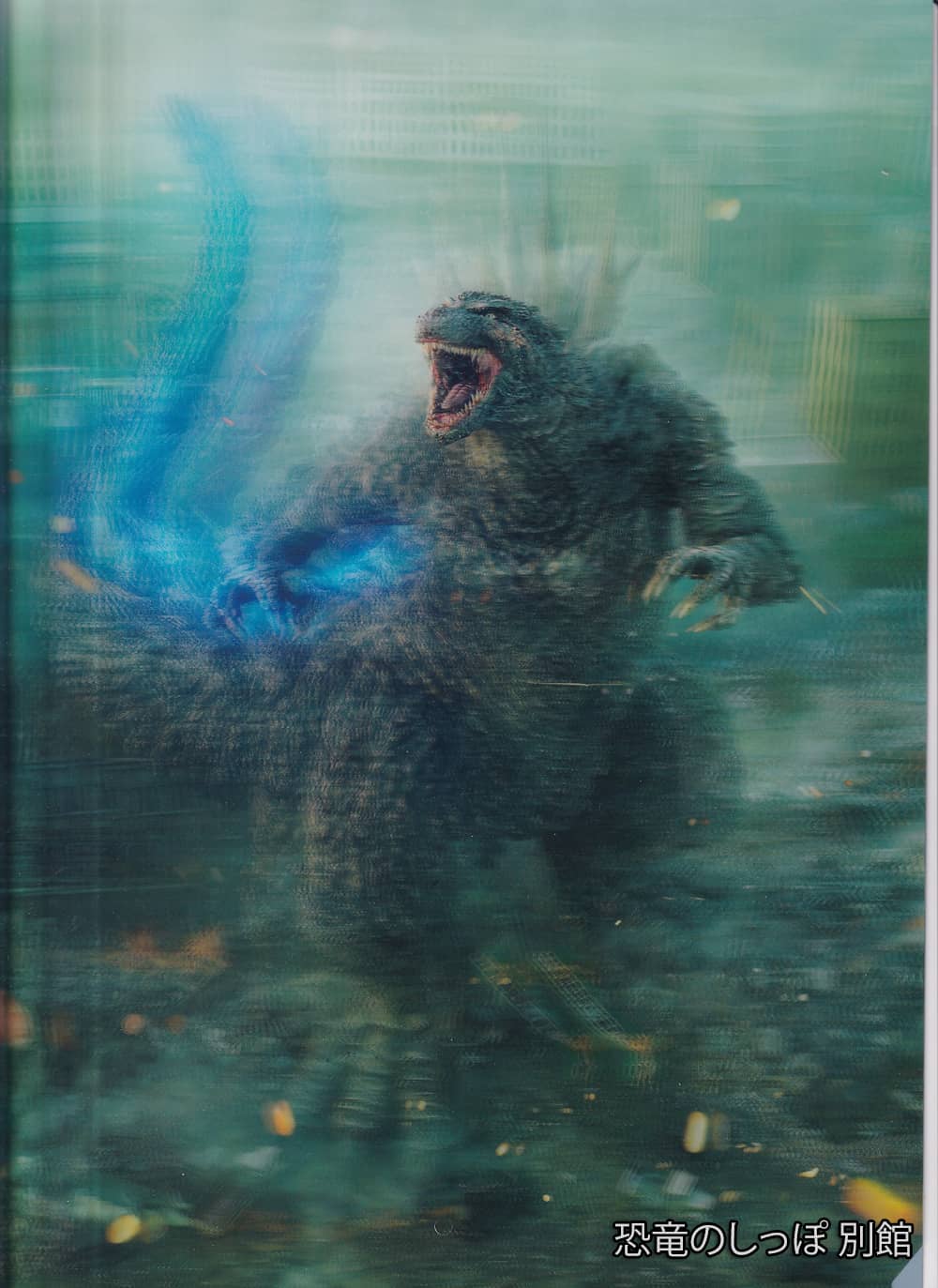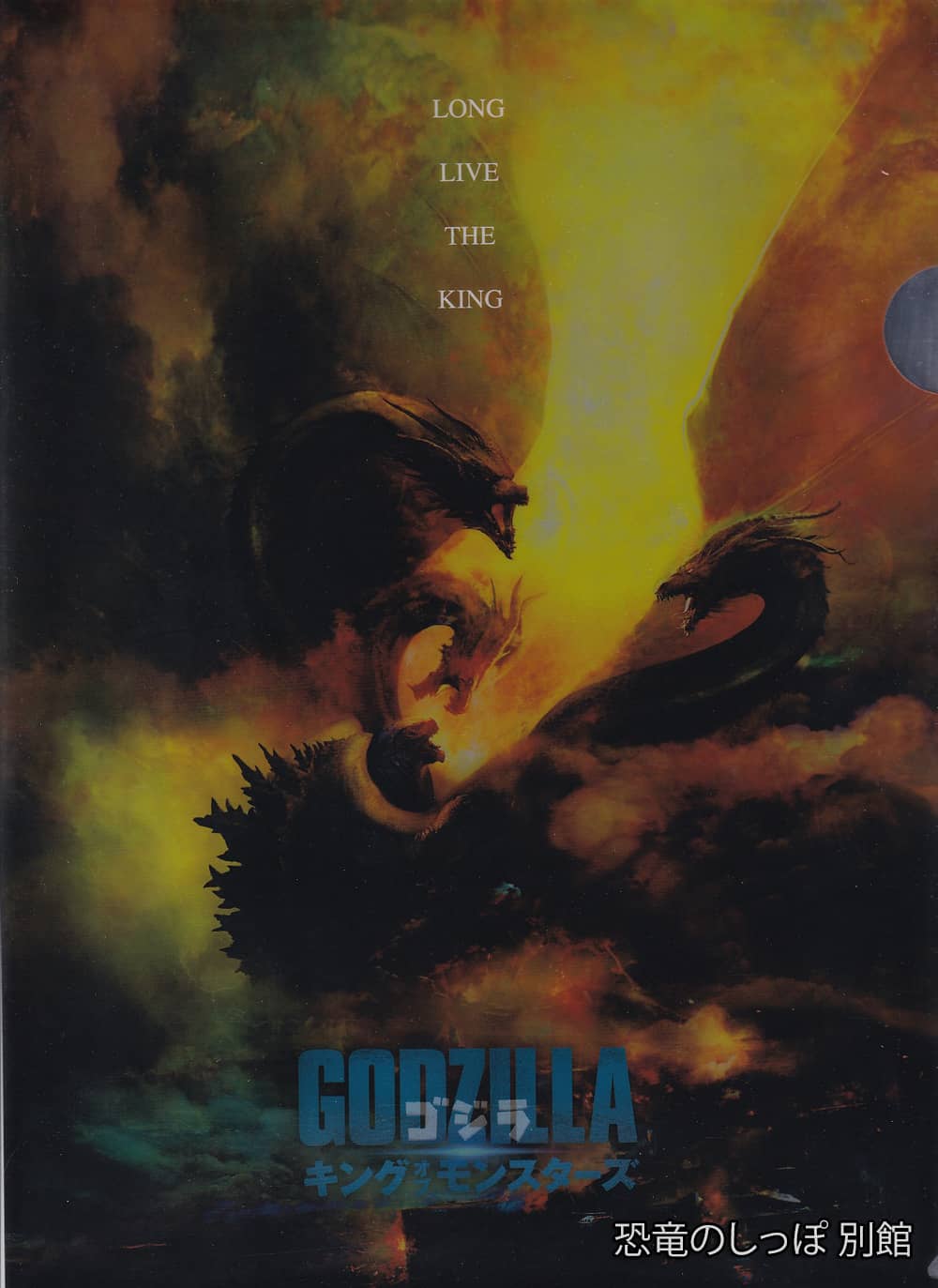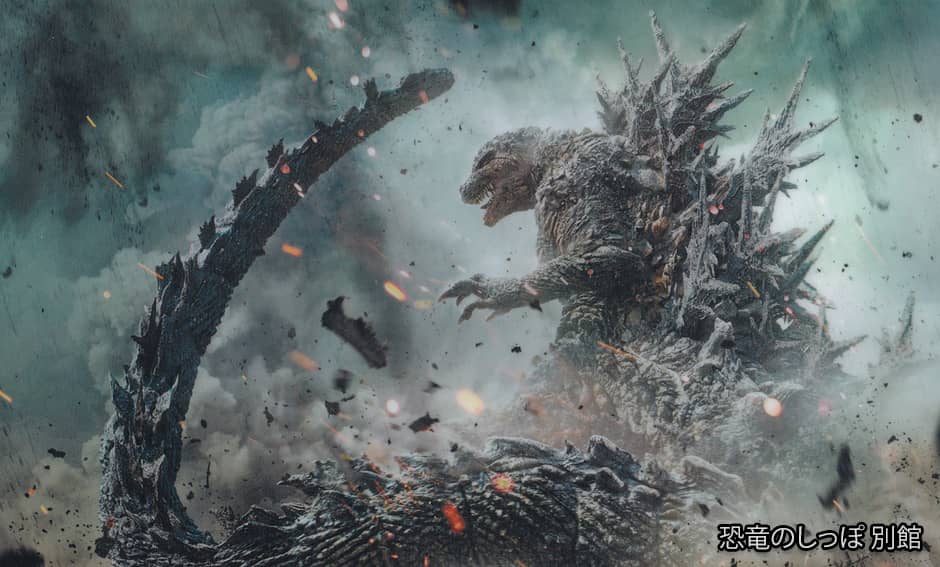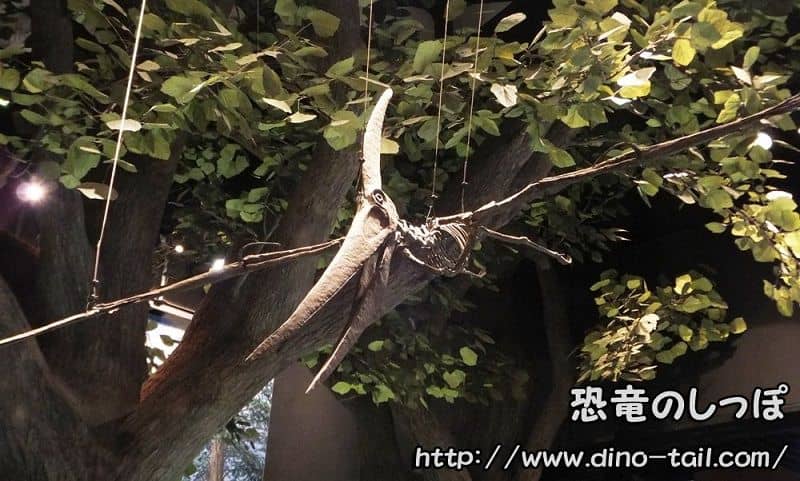
Monsters (Paleo-creatures) Appearing in Godzilla
I watched the movie "Godzilla -1.0," released on November 3rd.
This film, commemorating the 70th anniversary of Godzilla, depicted Godzilla suddenly appearing in Japan, which had been reduced to ashes right after the war.
The origin of Godzilla varies with each work, but in the first film (released in 1954), it was explained as "a descendant evolving from marine reptiles to land animals that lived from the Jurassic to the Cretaceous period, driven from its peaceful habitat by nuclear testing at Bikini Atoll." In many subsequent works, it was described as "a survivor of ancient creatures transformed by radiation from the hydrogen bomb tests at Bikini Atoll." I believe the origin of its radioactive flame comes from its nuclear test origins.
The "Godzilla" movie series, spanning 70 years, features many creatures-monsters based on paleontology.
I will summarize them here.







